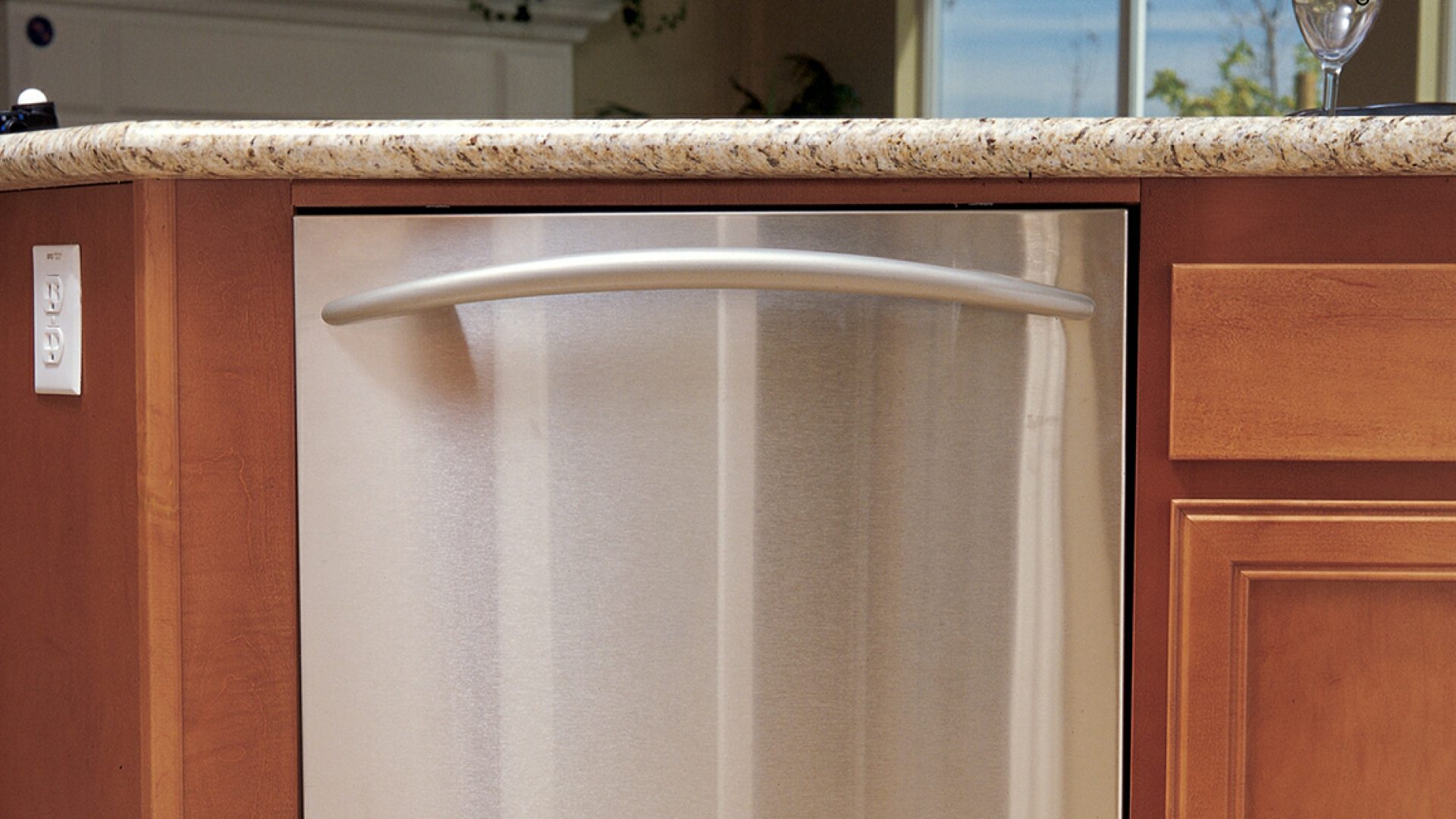An important part of keeping a healthy home is keeping it clean. This article from Mother Nature Network points out 9 common mistakes that could be complicating the process, and getting in the way of keeping your home as clean as it can be.
Our obsession with cleaning is a curious beast. Surely it’s born from an ancient urge to avoid the things that make us sick, but we’ve taken it to a whole new neurotic level. One so extreme, in fact, that it may actually be making us sick! But we love to clean, and within moderation, a clean place feels pretty nice.
You would think that keeping things spotless is a simple endeavor, but no. In our quest for hyper hygiene we’ve ended up making everything so complicated that removing dirt is no longer as straightforward as it could be. The following mistakes are just a few of the ways in which we may be making more of a mess than we started with:
Loading the dishwasher incorrectly. From where you position dishes with crusted carbohydrates to how you place utensils, many are the common mistakes made while loading the magic box that cleans the dishes. Three basics:
- Dishes with a carbohydrate mess should go where they get direct contact from a sprayer arm since they require mechanical action for cleaning.
- Dishes with protein leftovers should go around the outside where they get hit with water but have a longer time to soak without direct sprayer action.
- Should silverware be placed up or down? If your dishwasher has baskets without dividers, silverware should be placed both up and down! Nestling forks and spooning spoons mean not enough exposure to get cleaned well.
When done improperly the first time, dishwasher-seared glued-on gunk is even harder to clean the second time around.
Being indiscriminate with natural cleaners. So at first there were natural cleaners, and then the chemical revolution happened, and we started cleaning with all kinds of noxious concoctions. Now many people have returned to natural cleaners, but we skipped the passed-on know-how along the way. Compared to the chemical big guns, vinegar and baking soda and their all-natural friends seem like mild contenders – but while they may be less toxic, they still have plenty of punch. Rather than just using vinegar and baking soda to clean every surface, for example, make sure to research which ingredients are good for what; you will find that in fact, vinegar might ruin your stone countertops. (Acidic ingredients like lemon and vinegar can leave notable etch marks in stone.)
Cleaning windows on a nice sunny day. It seems that sparkling windows might best be achieved on a bright day, but in fact, streaky windows are likely what you will get. In heat and light, window cleaner evaporates too quickly and leaves the god-forbidden streaks that we all strive to steer clear of. Instead, clean windows in the early morning or on cloudy days.
Using general spray cleaners on electronics. Electronic screens are not windows, so don’t use window spray on them, and same goes with basic multi-purpose cleaners. Electronics like television, mobile phones and computers are delicate little flowers that can be damaged by general cleaning products, and fibers from paper towels can create tiny scratches. Instead use a microfiber cloth – either from your cleaning supplies or one intended for eyeglasses – and gently wipe, spray the cloth with a fine mist of water first for stubborn dust. Other tools that are safe to employ include cotton swabs and toothbrushes for nooks and crannies, canned air, and when all else fails, spray cleaners designed specifically for electronics.




